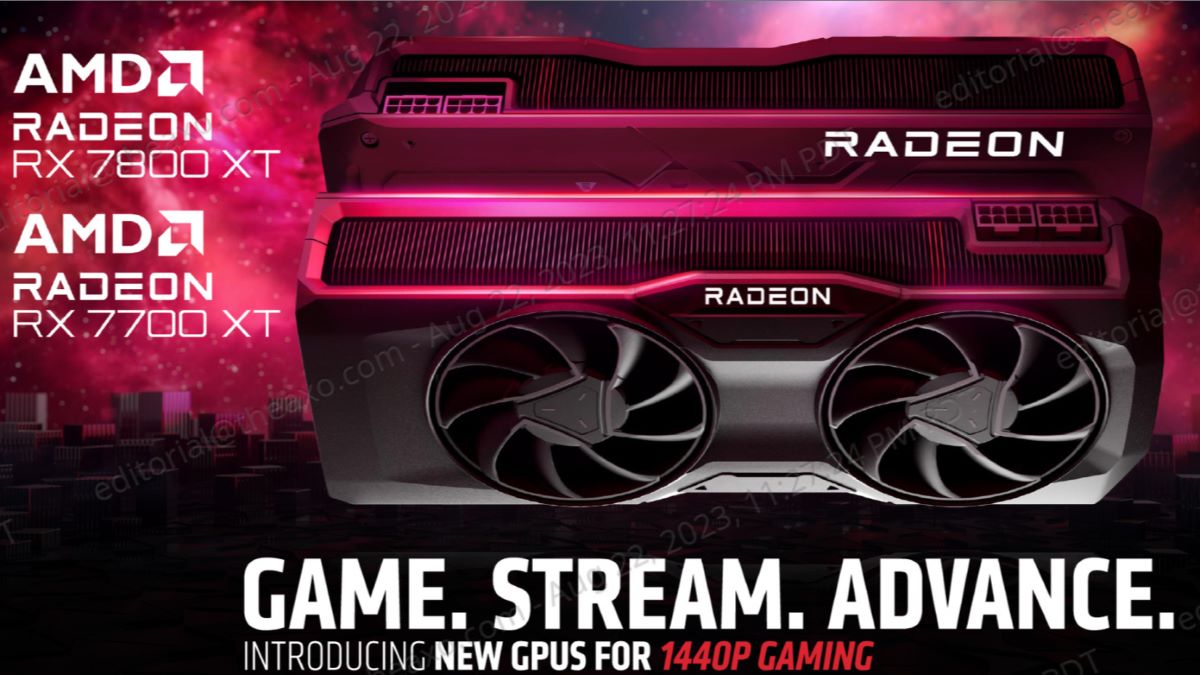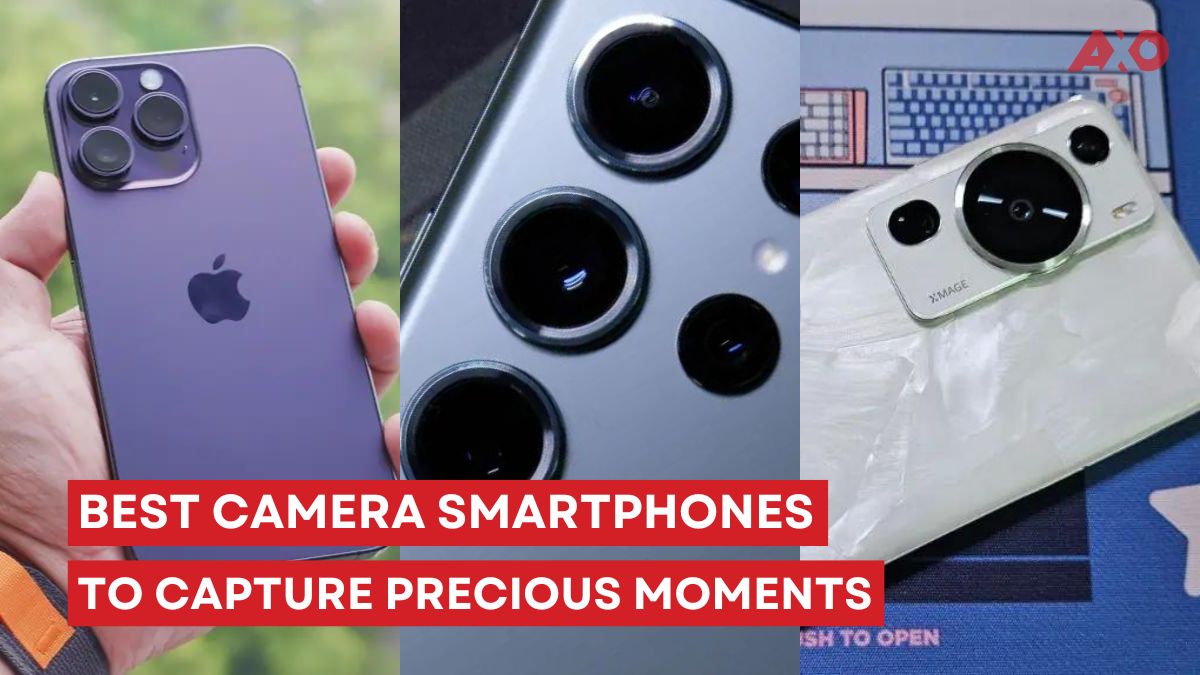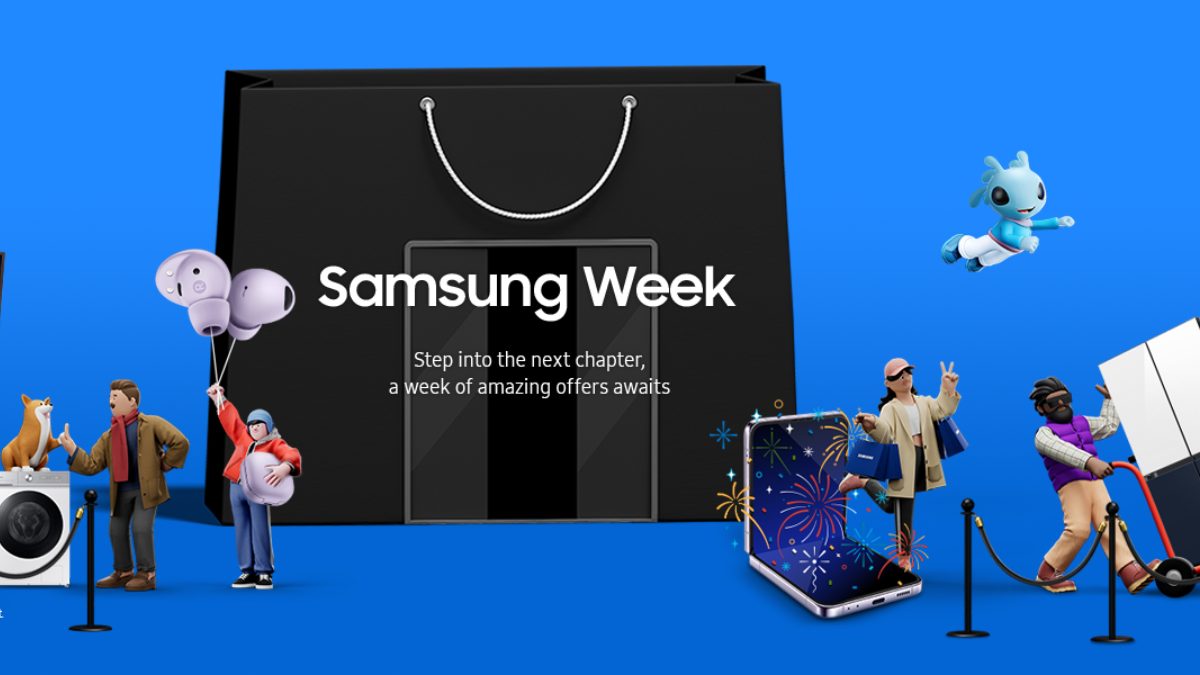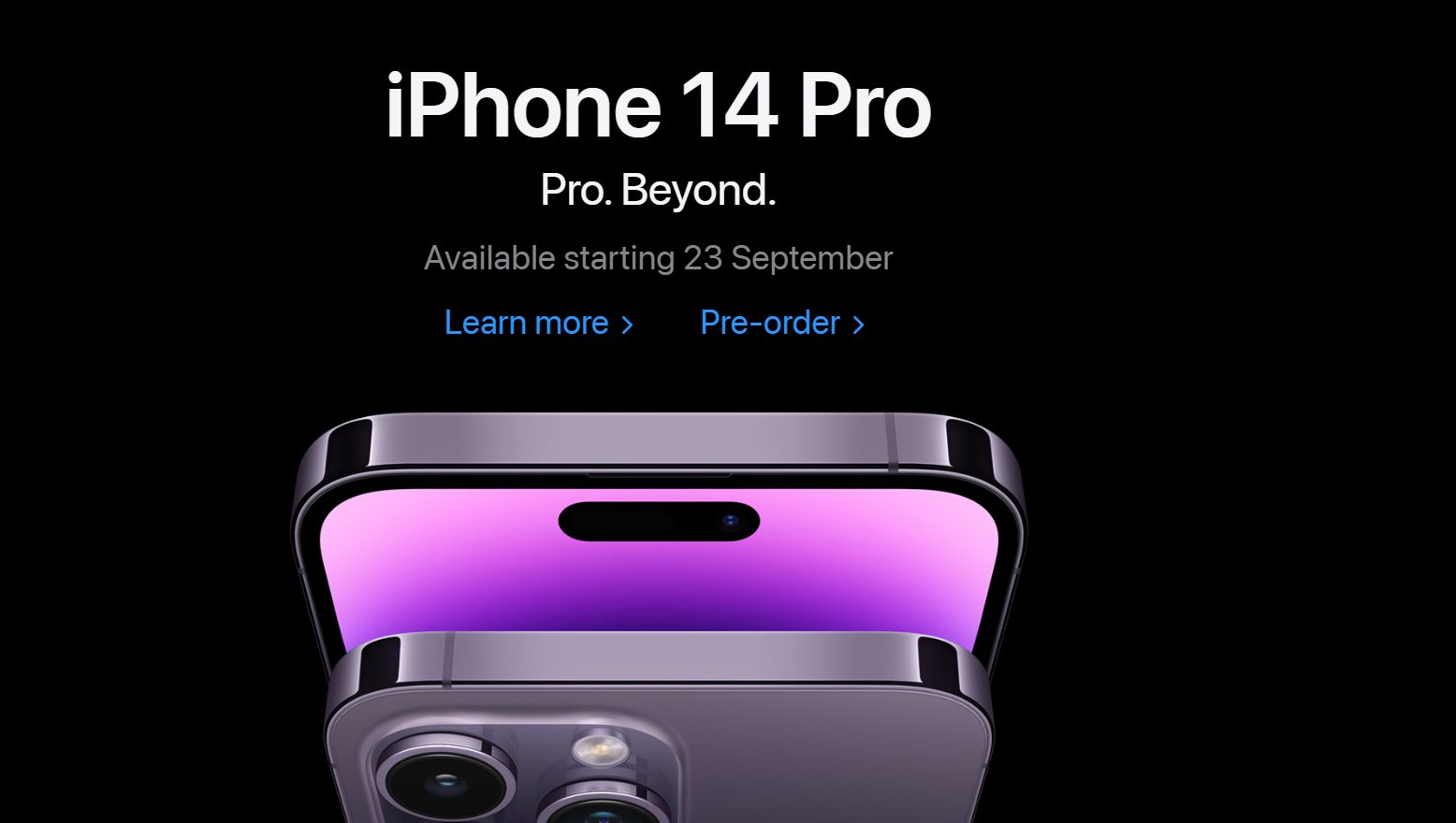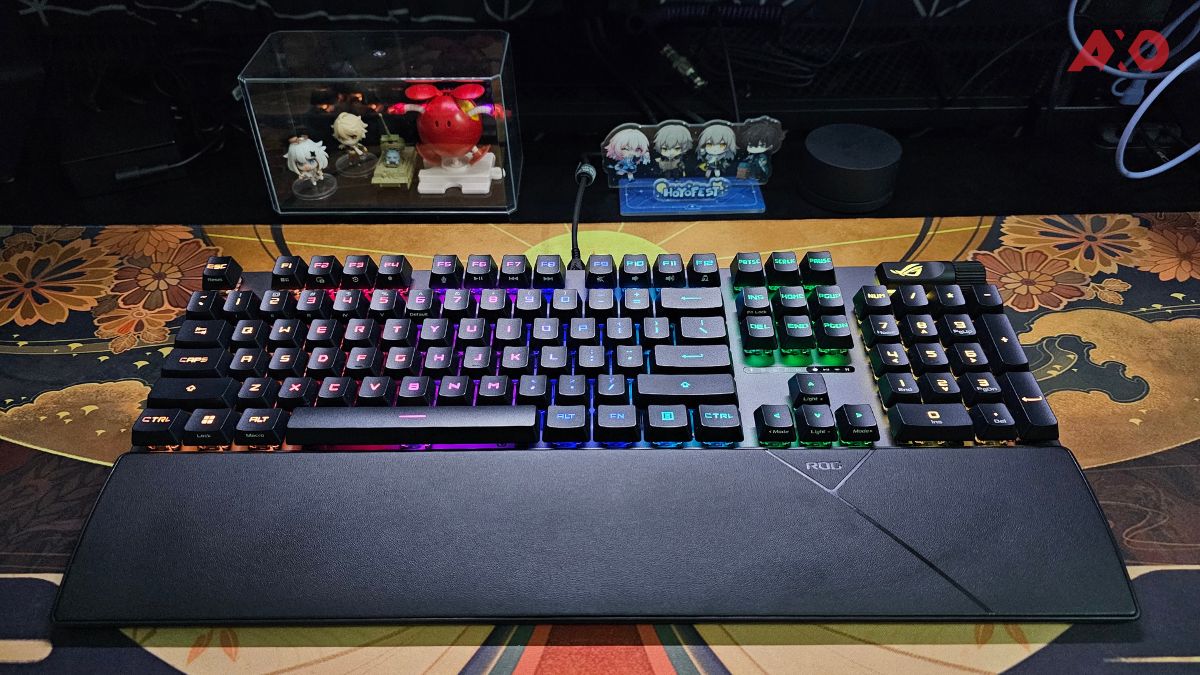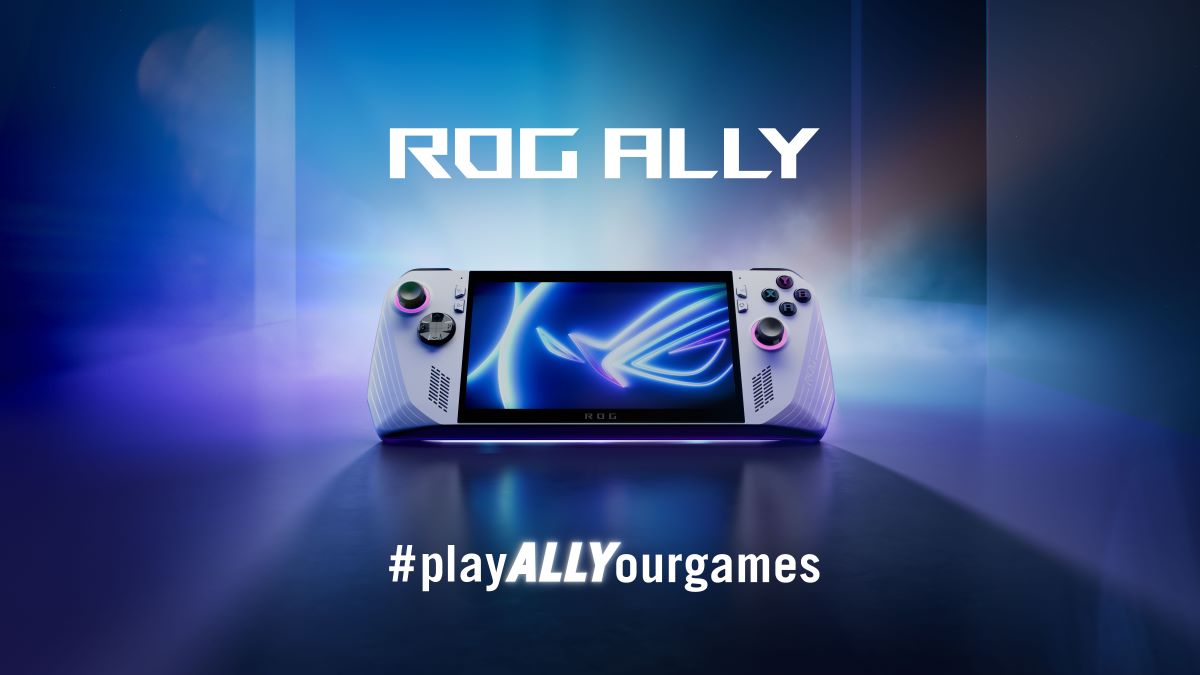The ROG Ally started as an April Fool’s joke, but it turned out to be one of the most hyped gaming handhelds to ever hit the market. It is the first Windows based gaming handheld to equipped with the AMD Ryzen Z1 series processor, and on paper, is the most powerful gaming handheld you can get your hands on.
Table of Contents
ROG Ally – Specifications
| Processor | AMD Ryzen Z1 Extreme 8 cores 16 threads 24MB Cache 9 – 30W TDP |
| Graphics | 12 RDNA Compute Units Up to 2.7 GHz |
| Operating System | Windows 11 Home |
| Display | 7″ FHD IPS 120Hz 7ms response time 100% sRGB 500 nits peak brightness AMD FreeSync Premium |
| Memory | 16GB LPDDR5 6,400 MT/s Dual channel |
| Battery | 40WHrs |
| Storage | 512GB Expandable via microSD |
| Dimensions | 28.0 x 11.1 x 3.24 cm |
| Weight | 608g |
| Connectivity | Wi-Fi 6E tri-band Bluetooth 5.2 |
| I/O Ports | 3.5mm Combo Audio Jack ROG XG Mobile Interface and USB Type-C combo port (with USB 3.2 Gen2, support DisplayPort 1.4) UHS-II microSD card reader |
What’s In The Box?
- ROG Ally
- 65W power adapter
- Kick stand
- Documentation
Design
If you are used to gaming on a Nintendo Switch, you will certainly find the ROG Ally to be much larger and heavier, thus a more apt comparison would be the Steam Deck. The ROG Ally is thinner than the Steam Deck (3.24cm vs 4.83cm at thickest point), and slightly lighter as well (608g vs 669g).

The handheld is only available in white. At the front, you are greeted by a 7 inch 1080p IPS display, flanked by a pair of front-firing stereo speakers. The inputs are similar to what you will find on an Xbox controller, with some additions – View, Menu, Command Center, and Armoury Crate located beside the display. The joysticks are surrounded by addressable RGB rings.

At the top, you get both L/R buttons and triggers, power button, LED indicators and volume rockers; This is where you would also find the exhaust vents and the I/O, which comprises a 3.5mm combo audio jack, a microSD card reader, and the ROG XG Mobile Interface / USB Type-C combo port.

At the back, you only get two paddles, one on each side as opposed to four found on the Steam Deck. Completing the design are additional air vents, one of which is shaped like the ROG logo, and a holographic decorative strip.
Display

The display found on the ROG Ally blows its competition out of the water, boasting a 120Hz refresh rate and a FHD resolution. Colour gamut is decent at 100% sRGB, making it more than sufficient for gaming on the go. The 500 nits peak brightness is higher than what you would find on the Steam Deck, making it quite legible while gaming under indirect sunlight.
Audio
The ROG Ally is equipped with stereo speakers located beside the display. They have decent volume, and audio quality is quite good for a handheld. There is also a built-in microphone which sounds okay, and can be quite handy when you don’t have a gaming headset with you.
Speaking of which, the 3.5mm combo jack is located at a rather inconvenient spot at the top. While it can be annoying to have to loop the headset under the handheld before wearing it, its not a dealbreaker.
Ergonomics

The placements of the buttons and triggers are logical and practical. The hand grips are not only contoured, but they are textured as well ensuring a comfortable grip. I have medium sized hands, and I could easily reach the buttons and triggers without any issue.

The weight distribution is also well spread out, though just like the Steam Deck, the heft could lead to hand fatigue after a while.
Performance

The ROG Ally comes with the latest AMD Ryzen Z1 series APU, of which the Malaysian unit only comes equipped with the Z1 Extreme processor with 8 cores and 16 threads. Working in tandem is 16GB of dual channel LPDDR5 RAM and 512GB of internal NVMe storage.
Gaming performance is quite decent considering the TDP. Speaking of which, you get switch between three operating profiles on the fly – Silent (10W), Performance (15W) and Turbo (25W). Moreover, you also get a suite of AMD Radeon software tweaks, including Radeon Super Resolution (RSR) and Radeon Image Sharpening (RIS). Here are some gaming results using Turbo mode at 1080p with both RSR and RIS turned on:
Game Average FPS Hogwarts Legacy
(Medium Preset)45 Code Vein
(Highest Preset)53 Shadow of the Tomb Raider
(Medium)52
Overall, the gaming performance is excellent, and it could handle most titles that can run on Steam Deck with ease, and in some cases coming out on top.
ROG Gaming Charger Dock
If you prefer to play on the big screen, you can purchase the ROG Gaming Charger Dock, which not only charges the handheld, but comes with additional HDMI 2.0 connector and a USB 2.0 port to connect your peripherals, effectively turning it into a gaming console for your living, or a full-fledged PC.
ROG XG Mobile
If you want to turn your ROG Ally into a gaming desktop, you can connect hook it up to an ROG XG Mobile external GPU dock to tap into an up to RTX 4090 GPU. However this is quite an overkill and somehow defeats the purpose of having a gaming handheld in the first place.
Battery Life
With great power, comes great power consumption. While the 25W TDP is considered quite low for laptops, remember that a smaller form factor means you are stuck with a smaller battery pack, 40Whr to be exact. You can expect about 2 hours of game time in Silent mode, and less than an hour on Turbo mode. I find that Performance mode is the most versatile of the two, as it can offer decent frame rates without draining the battery life too much.
Software

The ROG Ally runs on Windows 11, and boots to Armoury Crate by default. It automatically detects your game library, and supports Steam, Xbox PC Game Pass, GOG and Epic Game Store. This makes it easier for you to start your games without having to navigate through Windows’ own UI, and believe me you don’t want to do that.
While it can play all PC game titles, there are some bugs to deal with. For example, sometimes it won’t automatically open the game’s window, and instead it runs in the background, and in some cases, games would always boot in windowed mode despite adjusting the settings several times.
Final Verdict
3.5 / 5The ROG Ally is a decent first attempt at creating a gaming handheld. While it sports one of the most powerful hardware in the market, it still needs to iron out some software related issues.
When it comes to pure gaming performance, there is no contest that the ROG Ally has by far the most powerful gaming handheld today. However, the software suite is a bit underwhelming, and in some cases annoying.
That being said, it does offer us a glimpse on the future of handheld PC gaming, which by and large is a step in the right direction. For RM3,299, it isn’t exactly cheap, but considering it is essentially a portable PC with a gamepad, the ROG Ally does make for a compelling offer.
For more information, please visit the official product page here.





